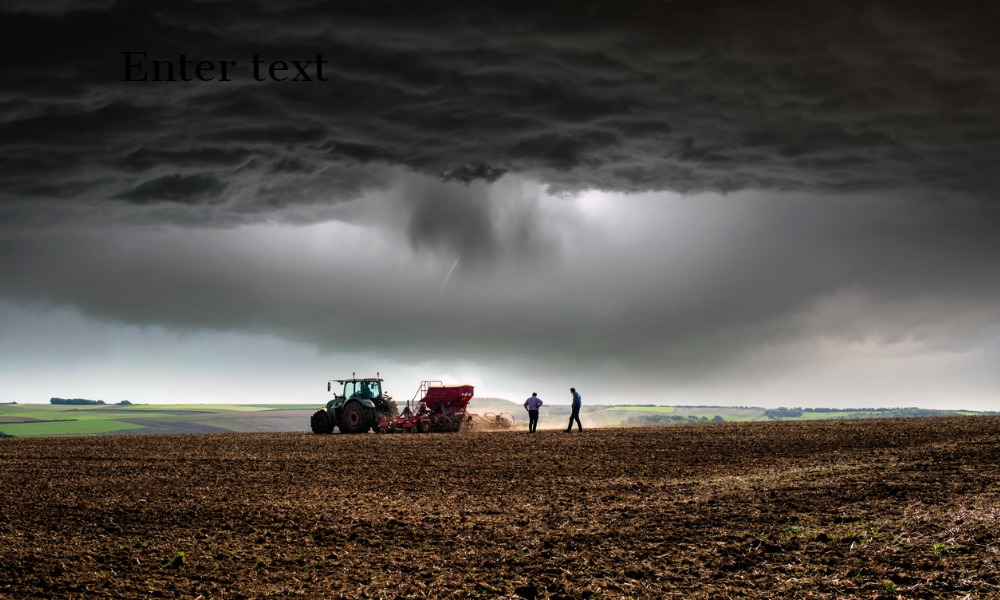December hailstorms result in $6 million in losses for arable farmers

December hailstorms result in $6 million in losses for arable farmers | Insurance Business New Zealand
Insurance News
December hailstorms result in $6 million in losses for arable farmers
Federation vice chair acknowledged the value of having insurance in place
Insurance News
By
Kenneth Araullo
A group of arable farmers in Canterbury are grappling with significant losses estimated at around $6 million following a severe hailstorm, highlighting the value of insurance against catastrophes.
The storm struck a swath of land from Methven to Highbank on Dec. 13, devastating valuable small seed and other crops. The unseasonal midmorning hailstorm left an impact on the crops, with many experiencing extensive damage to flowers and leaves. In some of the hardest-hit areas, only stalks remained visible.
In a report from the NZ Herald, Darrell Hydes, vice-chairman of Federated Farmers arable seeds and a local farmer, described the incident as the worst he has experienced since he began farming in 1988.
Hydes said that about half of his farm suffered severe damage, with his father and brother’s blocks experiencing damage to three-quarters of their crops. One of the farmers in the region reported a potential loss of $1.5 million, while others in Highbank also faced substantial financial setbacks. Hydes estimated the average loss per farmer to be between $400,000 and $500,000.
Storm’s timing compounded the issue of high production costs
The timing of the storm compounded the issue, coming at a time when production costs were already high. Hydes said that most of their ryegrass and white clover crops were below break-even in 2022, and despite a drop in fertiliser prices, overall production costs remained elevated in 2023.
Among the crops affected, Hydes mentioned his spinach seed crop, which was so badly stripped that it had to be written off despite initial hopes of recovery. The loss on this high-input crop amounted to approximately $3,000 per hectare in sowing and chemical costs. Other crops like cocksfoot and rapeseed were also damaged by at least 50%.
Hydes’ leased land, used for growing potatoes, saw the crop stripped back to stalks, resulting in a reduced yield. He anticipated it would take several years to recover from these losses. Notably, only his wheat crops were partially covered by disaster relief insurance through United Wheat Growers.
According to Hydes, a small percentage of the affected farmers had private insurance due to its high cost. He himself had not insured his crops, citing the expense and marginal benefits of insurance versus self-insuring. However, considering this year’s losses, he acknowledged the value of having insurance.
The damage extended across a 2km-wide strip, impacting areas in Glenroy and around Sheffield. South Pacific Seeds, which had five specialist seed crops in the same spinach variety as Hydes, managed to salvage only one. Additionally, Hydes’ father had to write off around 20 hectares of peas, which were deemed not worth re-sowing due to their location in non-irrigated paddocks.
Several other farmers in the area resorted to silaging their barley and wheat crops, effectively writing them off. Hydes described the intensity of the hailstorm, noting that it lasted about 10 minutes and left a layer of hail up to 10cm thick on the ground. The storm’s aftermath saw significant damage to crops, including a white clover crop at his father’s block, which was reduced to “green mulch” but has shown some recovery due to recent rainfall.
What are your thoughts on this story? Please feel free to share your comments below.
Related Stories
Keep up with the latest news and events
Join our mailing list, it’s free!






